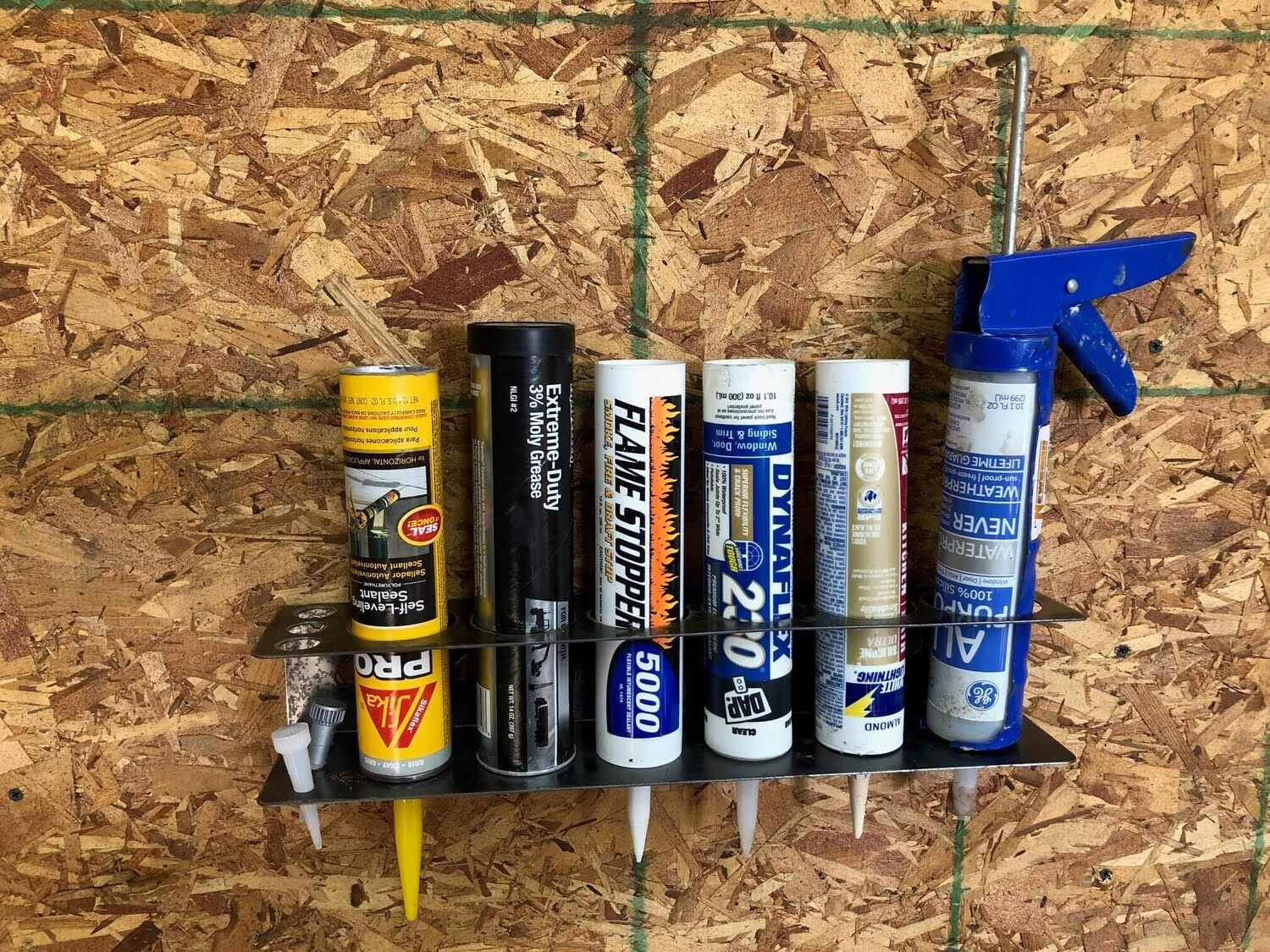

Articles
How To Store Caulk
Modified: January 8, 2024
Learn how to properly store caulk to keep it fresh and usable for your next project. Read our informative articles for helpful tips and advice.
(Many of the links in this article redirect to a specific reviewed product. Your purchase of these products through affiliate links helps to generate commission for Storables.com, at no extra cost. Learn more)
Introduction
Caulk is a versatile sealant commonly used in home improvement projects to fill gaps and cracks around windows, doors, and other surfaces. Properly storing caulk is essential for maintaining its effectiveness and extending its shelf life. In this article, we will explore the significance of proper caulk storage and provide valuable tips to help you preserve the quality of your caulk for future use. Whether you are a seasoned DIY enthusiast or a novice homeowner, understanding the best practices for caulk storage is crucial for ensuring the success of your projects and saving time and money in the long run. Let's delve into the world of caulk storage and discover the secrets to keeping this essential sealant in optimal condition.
Key Takeaways:
- Properly storing caulk is crucial for maintaining its quality and effectiveness. By choosing the right storage location, sealing containers tightly, and monitoring expiration dates, you can ensure your caulk remains reliable for future use.
- Effective caulk storage minimizes waste, enhances performance, and ensures readiness for home improvement projects. By utilizing storage accessories and protecting caulk from freezing temperatures, you can safeguard its integrity and usability.
Read more: How To Store Open Caulk
Importance of Proper Caulk Storage
Proper caulk storage is essential for maintaining the quality and effectiveness of this versatile sealant. When caulk is exposed to unfavorable storage conditions, its performance and longevity can be compromised, leading to potential issues during application and reduced durability once in place. Understanding the importance of proper caulk storage can help you avoid common pitfalls and ensure that your caulk is always ready for use when needed.
Preserving Quality: Storing caulk in the right conditions helps preserve its adhesive properties and prevents it from drying out or becoming brittle. This is especially crucial for silicone-based caulks, which can harden over time if not stored correctly. By maintaining the proper storage environment, you can retain the caulk’s flexibility and adhesion, ensuring a reliable seal when applied.
Minimizing Waste: Proper storage practices can help minimize waste by extending the shelf life of caulk. When caulk is stored incorrectly, it may deteriorate prematurely, leading to the need for frequent replacements. By storing caulk properly, you can reduce the likelihood of spoilage and ensure that your sealant remains usable for future projects, ultimately saving you time and money.
Enhancing Performance: Stored caulk that has been well-maintained is more likely to perform as intended, delivering optimal results in terms of sealing gaps, preventing air and moisture infiltration, and enhancing the overall integrity of surfaces. By storing caulk properly, you can maximize its performance and achieve professional-quality outcomes in your home improvement endeavors.
Ensuring Readiness: Properly stored caulk is always ready for use when you need it. Whether you are embarking on a new project or addressing maintenance tasks around your home, having high-quality caulk readily available can streamline the process and ensure that you are well-equipped to tackle any sealing or caulking needs that may arise.
Understanding the importance of proper caulk storage empowers you to maintain the integrity of this valuable sealant, ultimately contributing to the success and longevity of your home improvement projects. By implementing effective storage practices, you can safeguard the quality of your caulk and enjoy consistent, reliable performance whenever it is called into action.
Store caulk in a cool, dry place away from direct sunlight and extreme temperatures. Make sure the cap is tightly sealed to prevent drying out. Keep it out of reach of children and pets.
Tips for Storing Caulk
Effective caulk storage is key to preserving the quality and usability of this essential sealant. By following these practical tips, you can ensure that your caulk remains in optimal condition for future use, whether you are working on a large-scale renovation or addressing minor maintenance tasks around your home.
- Choose the Right Location: Store caulk in a cool, dry, and well-ventilated area to prevent exposure to extreme temperatures and humidity, which can compromise its integrity. Avoid storing caulk in direct sunlight or near sources of heat, such as furnaces or water heaters, as excessive heat can accelerate the degradation of the sealant.
- Seal Tightly: After each use, ensure that the caulk tube or cartridge is tightly sealed to prevent air and moisture from entering. Properly resealing the container helps maintain the consistency of the caulk and prevents premature drying or hardening.
- Utilize Storage Accessories: Consider investing in a caulk storage bag or case designed to protect and organize caulk tubes and cartridges. These accessories can shield the sealant from environmental elements and help prevent accidental damage or punctures that could compromise its usability.
- Monitor Expiration Dates: Check the expiration date on caulk products and prioritize using those with the closest expiration date first. While properly stored caulk can remain viable beyond the expiration date, using older products in a timely manner can help maintain their optimal performance.
- Rotate Stock: If you have multiple caulk products in storage, practice a first-in, first-out approach to ensure that older inventory is used before newer acquisitions. This rotation strategy helps prevent caulk from sitting unused for extended periods, reducing the risk of deterioration.
- Protect from Freezing: If you live in a region where temperatures drop below freezing, take precautions to shield caulk from extreme cold. Freezing temperatures can alter the consistency of caulk, potentially rendering it unusable. Store caulk indoors during winter months or in a temperature-controlled environment to prevent freezing.
By implementing these tips for storing caulk, you can safeguard the quality and usability of your sealant, ensuring that it remains reliable and effective for various sealing and caulking applications. Whether you are a DIY enthusiast or a professional contractor, proper caulk storage practices can make a significant difference in the success and longevity of your projects.
Conclusion
Proper caulk storage is a fundamental aspect of maintaining the quality and usability of this versatile sealant. By understanding the importance of effective storage practices and implementing the right strategies, you can ensure that your caulk remains in optimal condition for future use, whether you are tackling home improvement projects or addressing maintenance needs around your property.
Preserving the quality of caulk through proper storage not only extends its shelf life but also minimizes waste, enhances performance, and ensures readiness for any sealing or caulking tasks that may arise. By choosing the right storage location, sealing caulk containers tightly, utilizing storage accessories, monitoring expiration dates, and protecting caulk from freezing temperatures, you can safeguard the integrity of this valuable sealant and maximize its usability.
Whether you are a seasoned DIY enthusiast or a homeowner seeking to maintain your property, incorporating these tips for storing caulk into your maintenance and renovation routines can make a significant difference in the success and longevity of your projects. By prioritizing proper caulk storage, you can optimize the performance of this essential sealant and enjoy consistent, reliable results in your sealing and caulking endeavors.
Ultimately, the investment in proper caulk storage practices contributes to the efficiency, cost-effectiveness, and overall success of your home improvement initiatives. By valuing the importance of caulk storage and implementing the recommended tips, you can ensure that your caulk is always ready for action, empowering you to achieve professional-quality outcomes and maintain the integrity of your living spaces.
Embracing the art of caulk storage not only preserves a critical component of your toolkit but also reflects a commitment to excellence in home maintenance and improvement. With these insights and strategies at your disposal, you are equipped to uphold the quality and usability of caulk, elevating the standard of your projects and enhancing the overall durability and aesthetics of your home.
Frequently Asked Questions about How To Store Caulk
Was this page helpful?
At Storables.com, we guarantee accurate and reliable information. Our content, validated by Expert Board Contributors, is crafted following stringent Editorial Policies. We're committed to providing you with well-researched, expert-backed insights for all your informational needs.
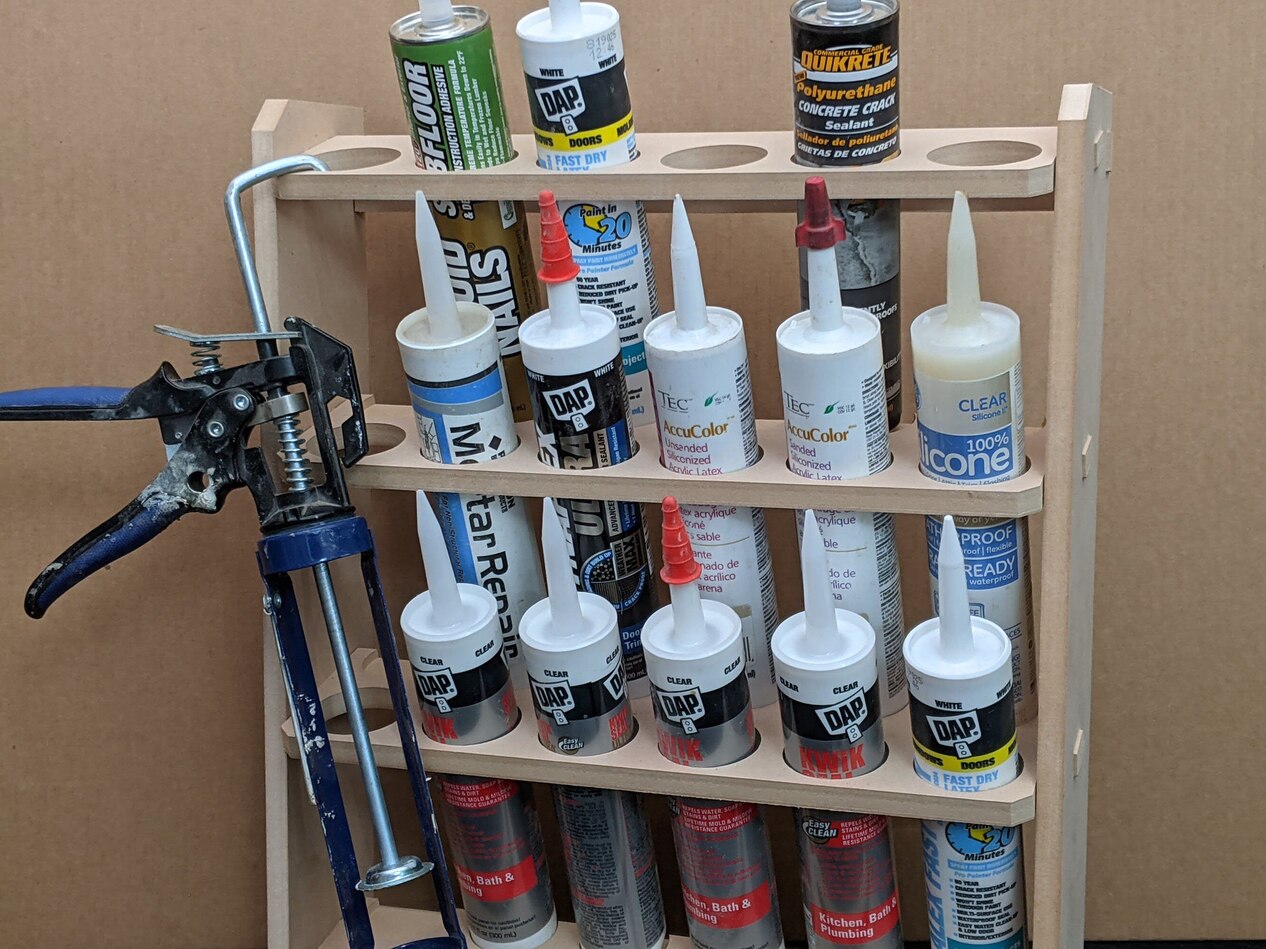
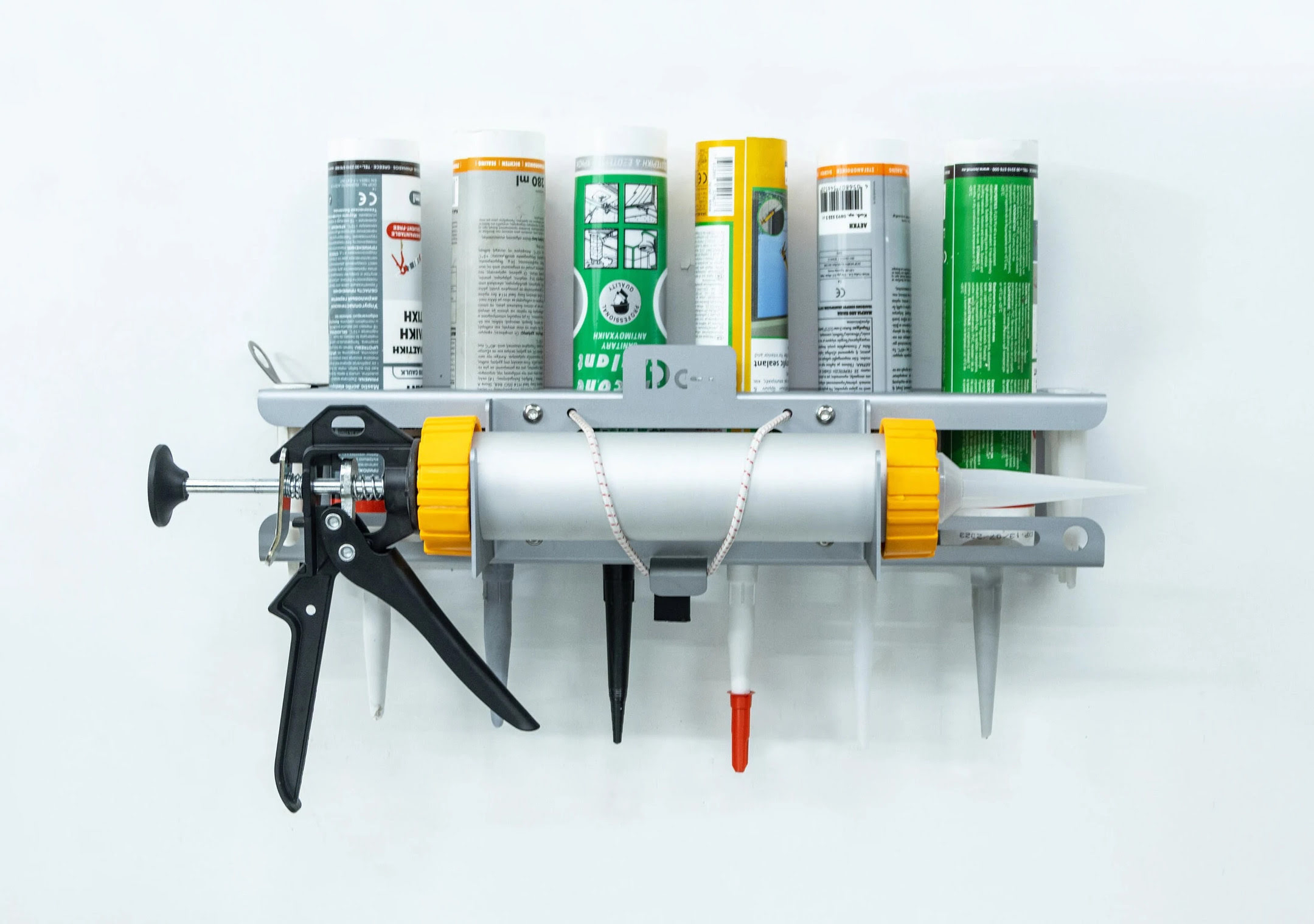
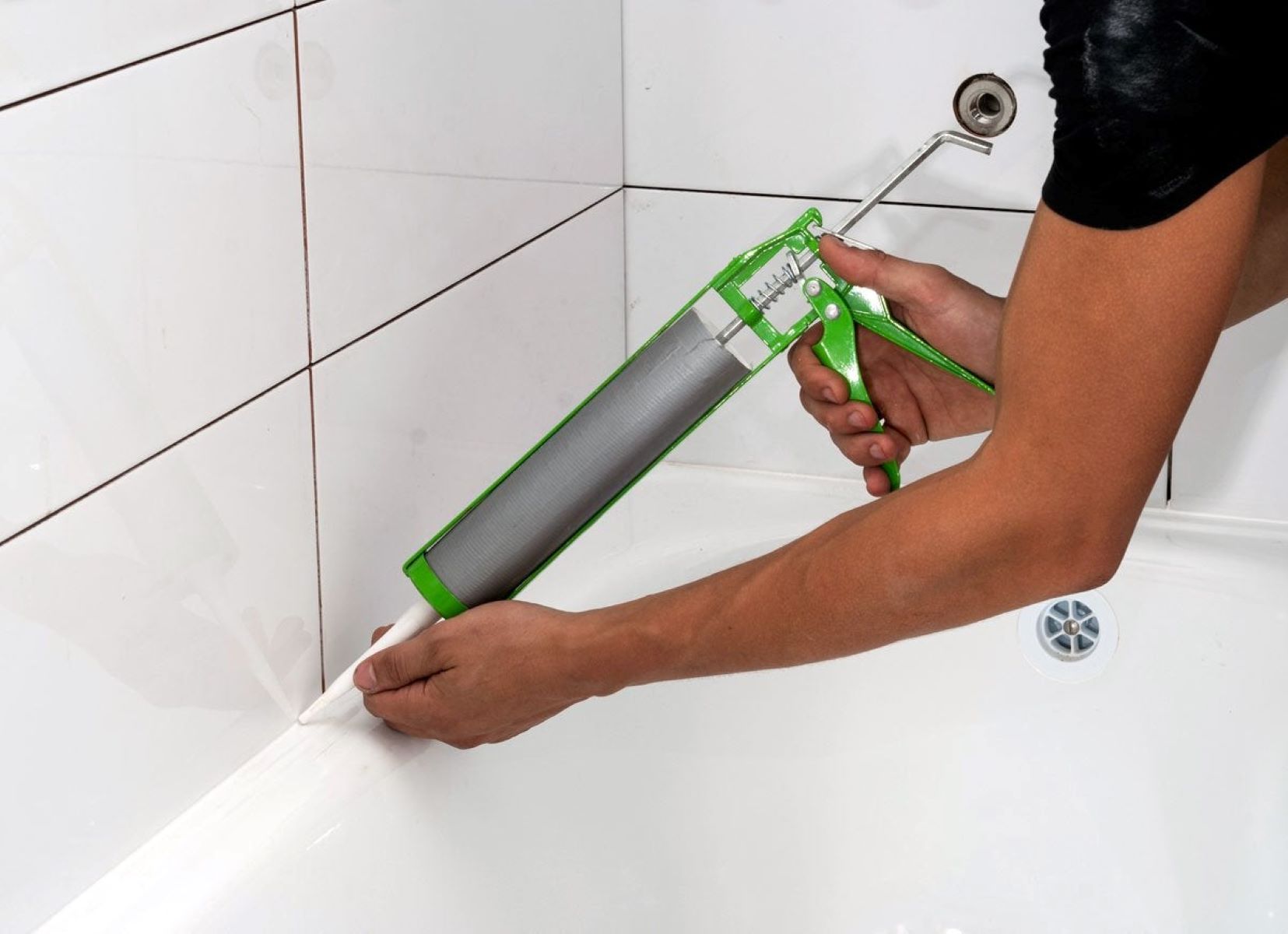
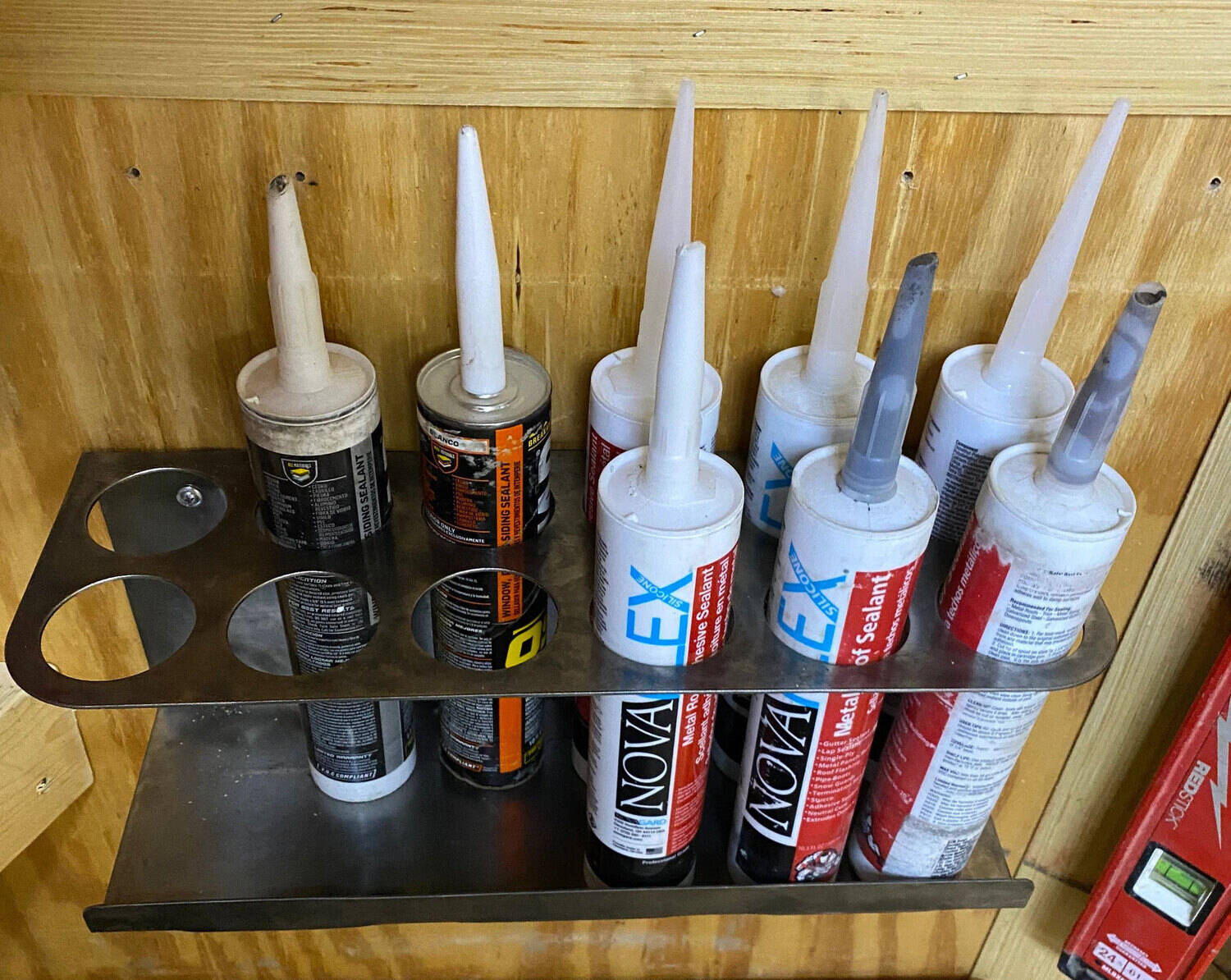
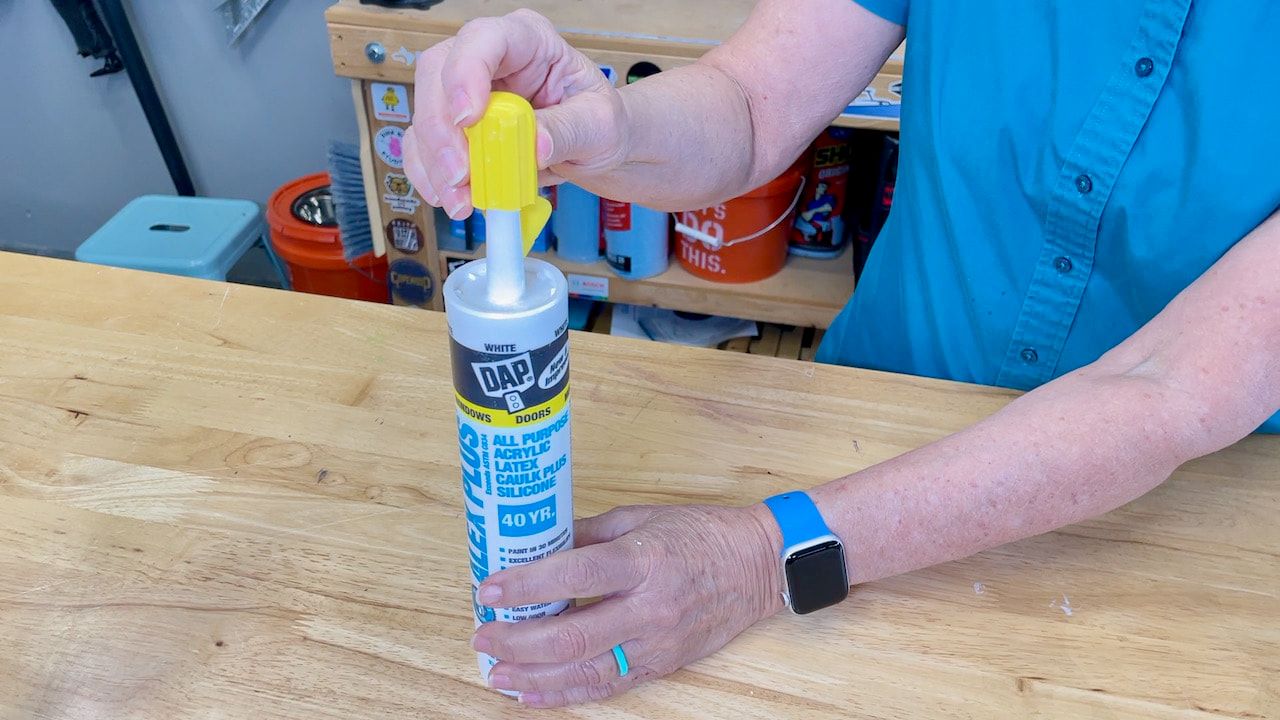

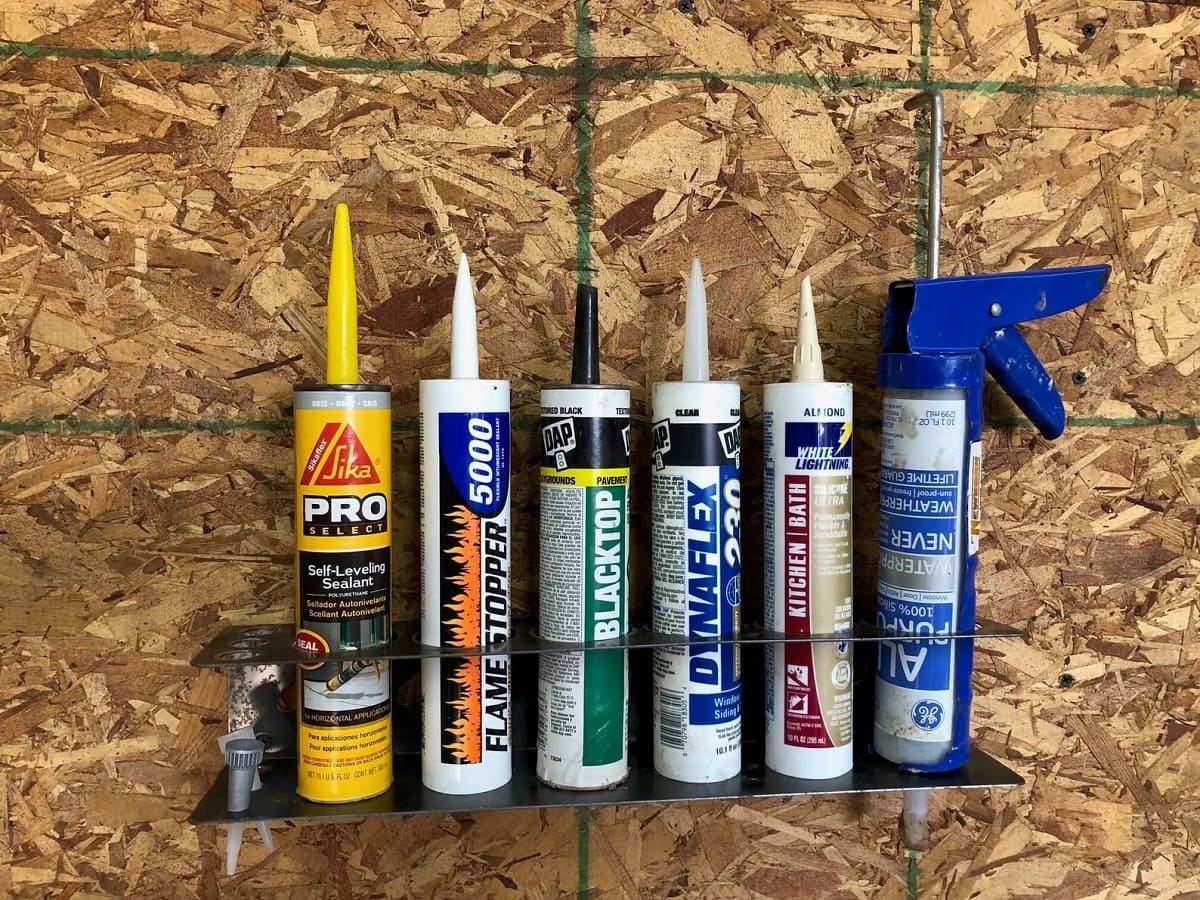

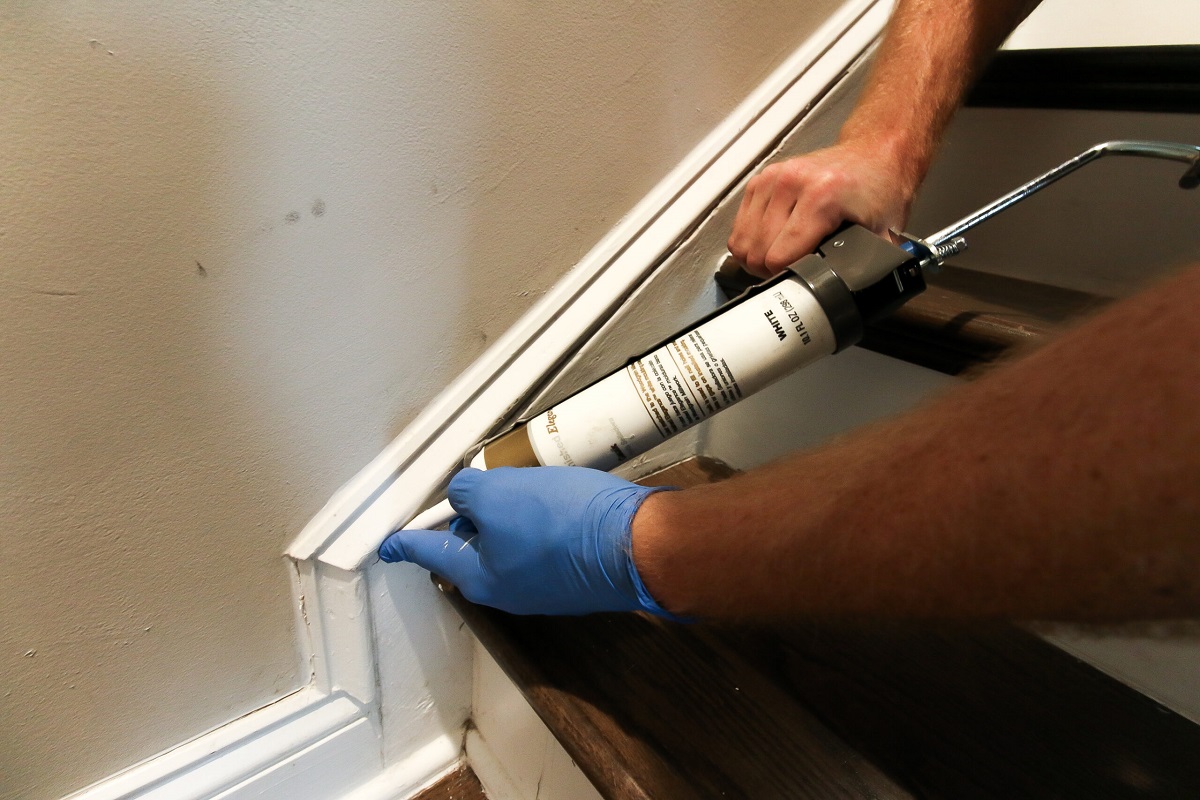
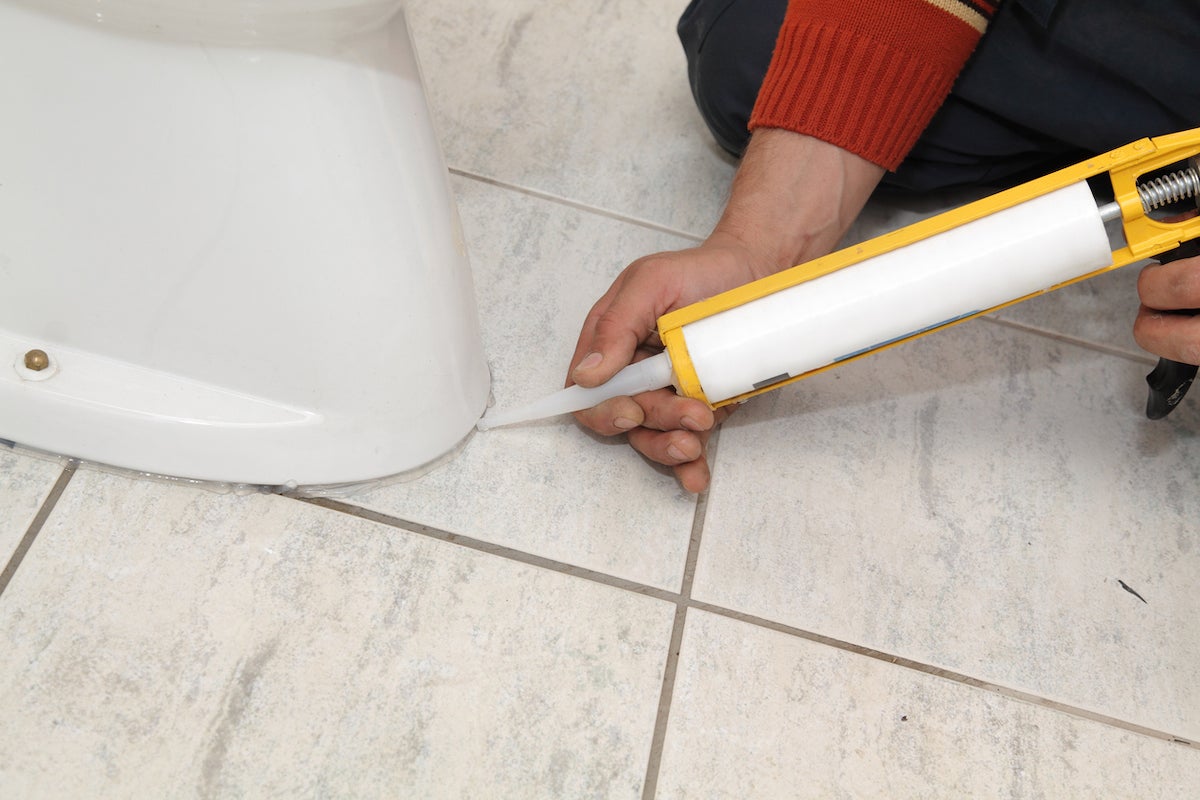
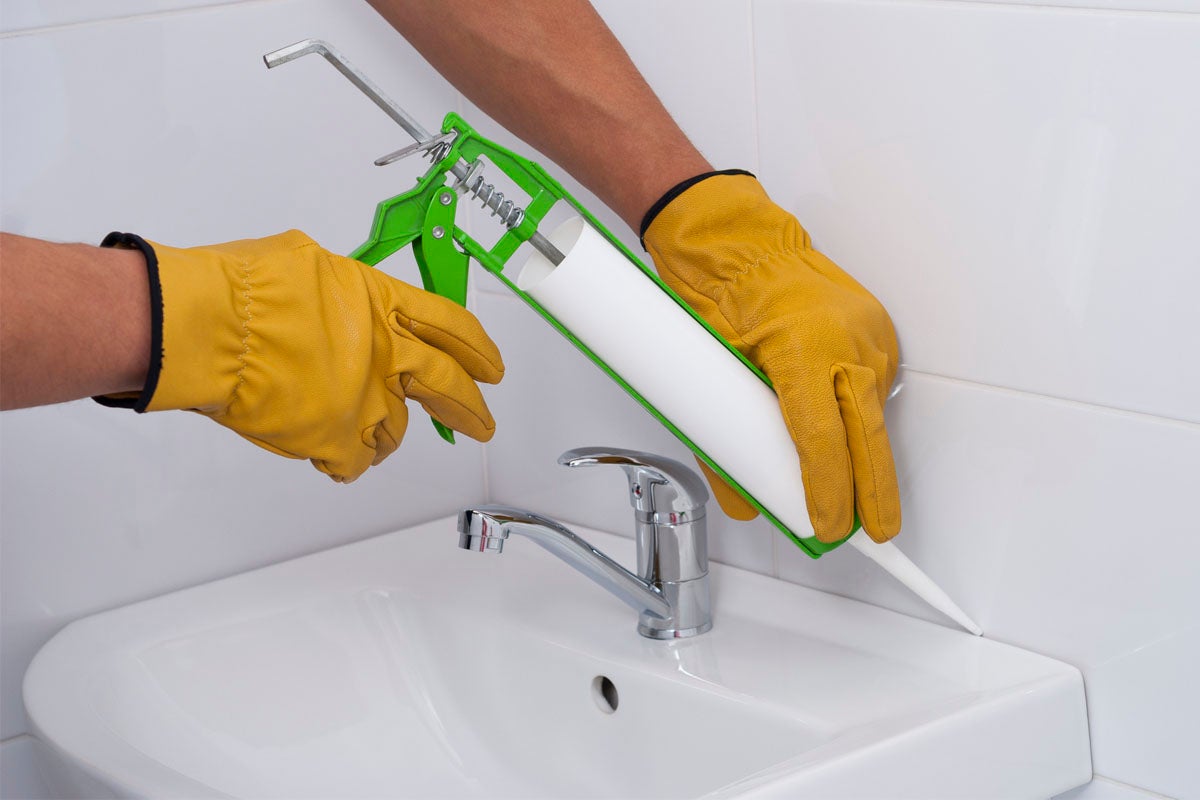
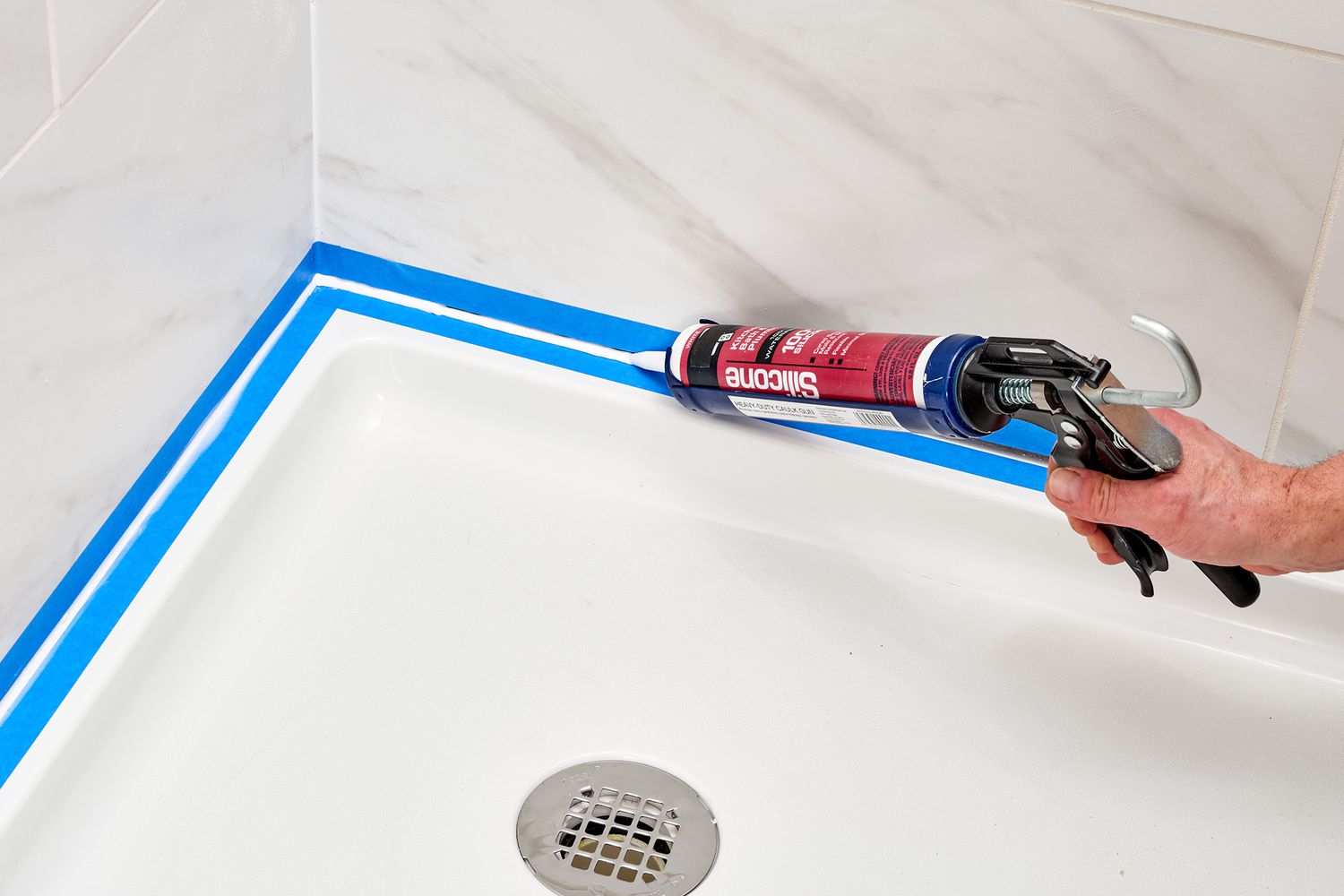
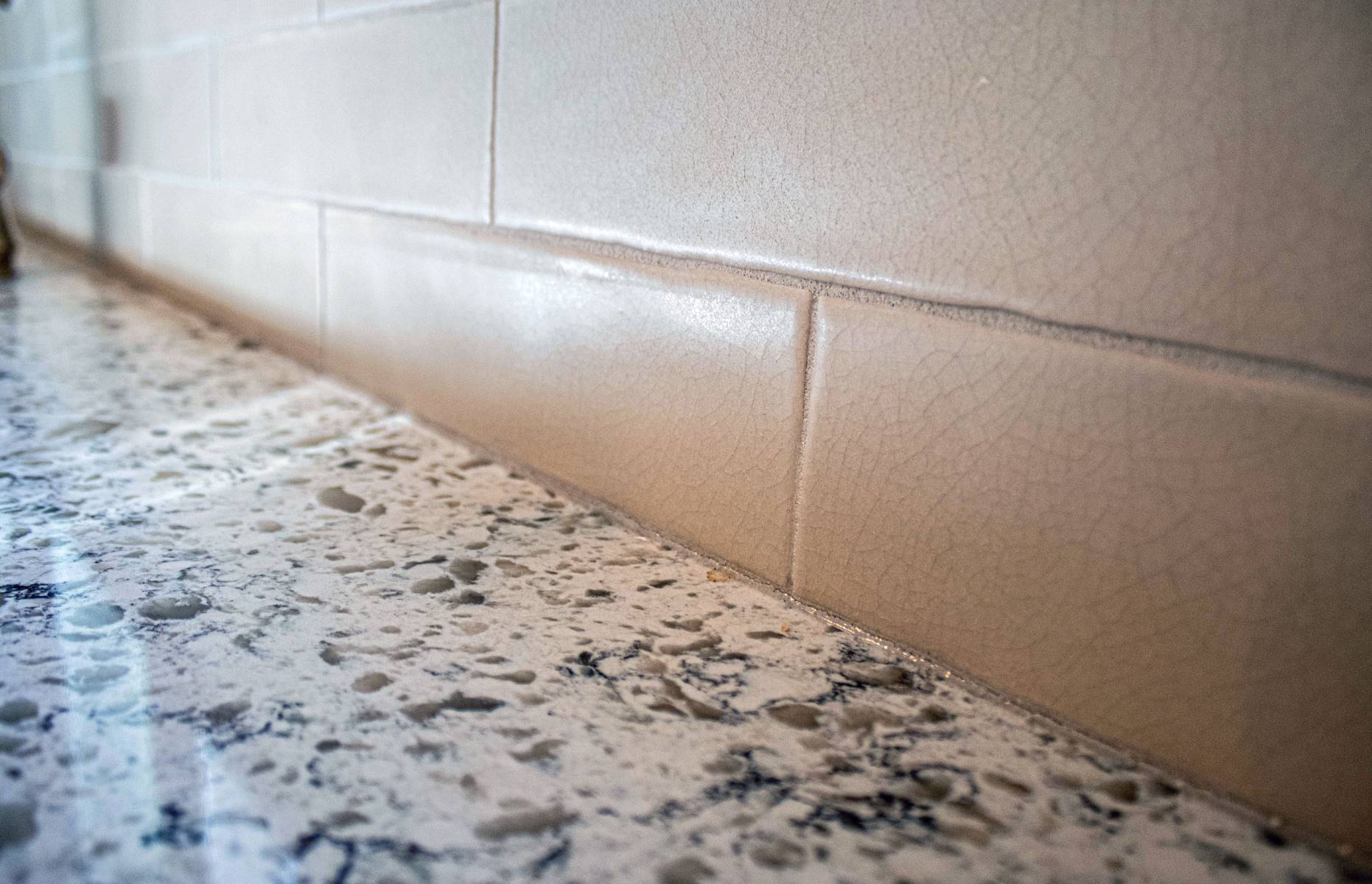
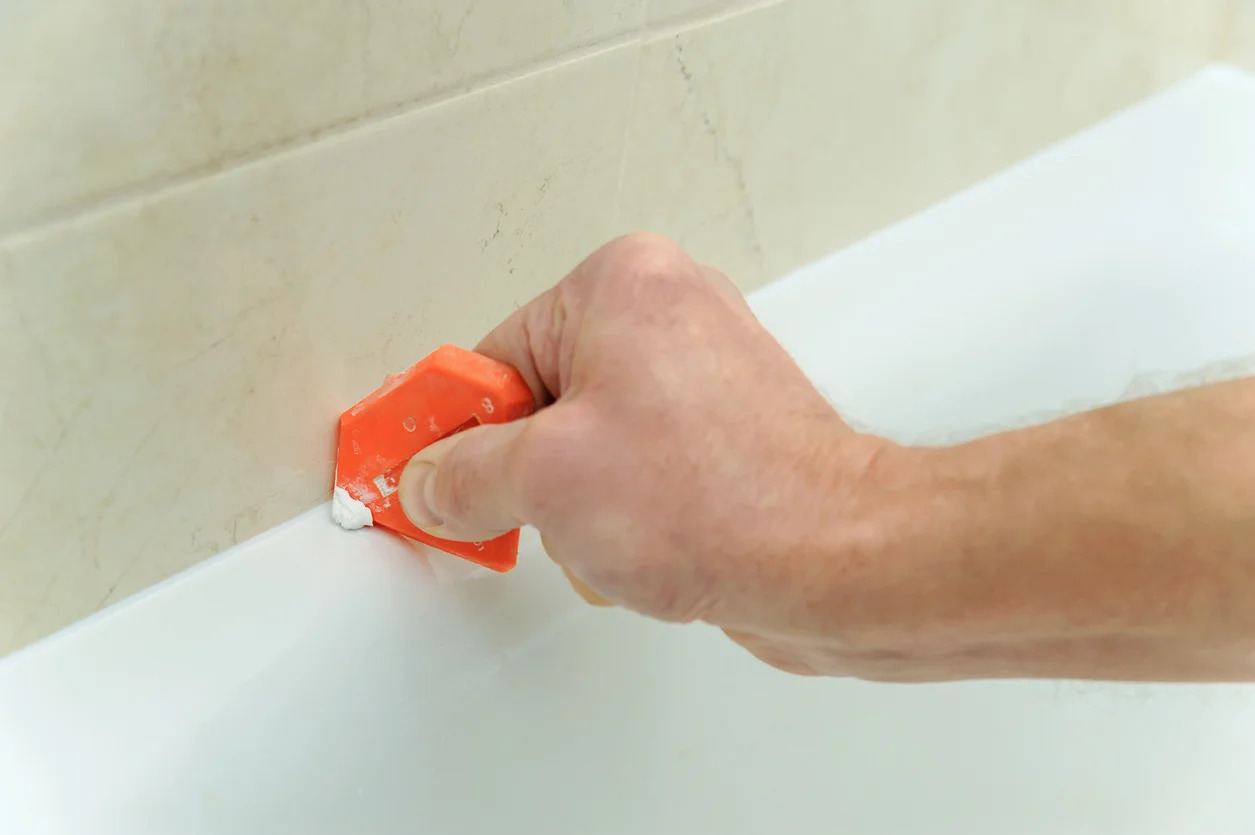

0 thoughts on “How To Store Caulk”